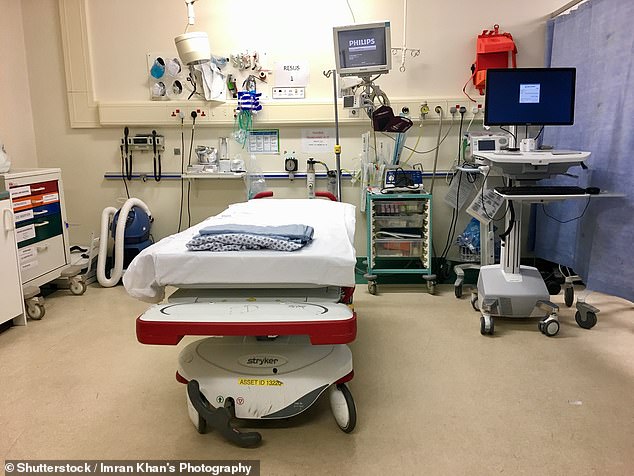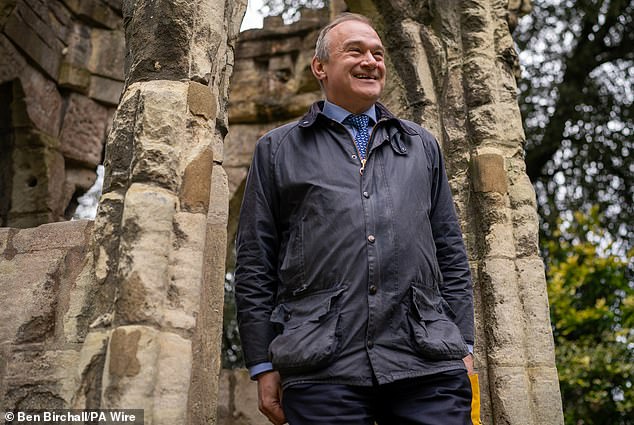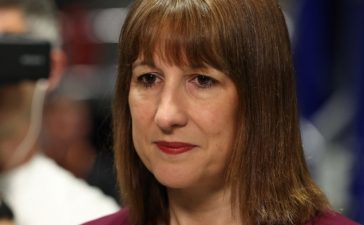- At least 16 NHS trusts said patients faced waits of two days or more
- FOI request revealed a 25-fold increase in 12-hour waits for over-65s since 2019
Nearly 100,000 elderly patients waited more than 12 hours on trolleys in A&E last year – including one who spent five days waiting to be admitted.
At least 16 NHS trusts said patients faced waits of two days or more, with over-65s bearing the brunt of the delays.
A freedom of information request revealed a 25-fold increase in 12-hour trolley waits for over-65s since 2019, with nearly all trusts reporting the situation had worsened.
Responses were sent from 48 of 140 hospital trusts, meaning the true numbers are likely to be far higher.

Nearly 100,000 elderly patients waited more than 12 hours on trolleys in A&E last year – including one who spent five days waiting to be admitted (File Image)

Liberal Democrat leader Sir Ed Davey said it showed the extent of the ‘corridor care crisis’ and called for a boost to bed numbers
Liberal Democrat leader Sir Ed Davey said it showed the extent of the ‘corridor care crisis’ and called for a boost to bed numbers.
He added: ‘It is heartbreaking to think that so many older people are being forced to wait so long on hospital corridors, many in pain, because there aren’t enough beds available. We know that long A&E waits are not just distressing for patients but can have a serious impact on their health.’
The figures show that elderly patients had an average wait of seven hours in 2023 compared with six for all patients. Seven in ten of the trusts that responded had longer average waits for pensioners than their average for all patients.
This month the Royal College of Emergency Medicine estimated that there were more than 268 excess deaths a week related to waits of 12 hours or longer in A&E last year.
Sir Julian Hartley, chief executive of NHS Providers, said: ‘With record levels of pressure across the whole health and care system, and demand for beds outstripping supply, there will be times when staff are forced to deliver care outside of wards.’
Health leaders said that 5,000 extra permanent hospital beds had been created, along with more than 10,000 ‘hospital at home’ beds, freeing up capacity on wards.











